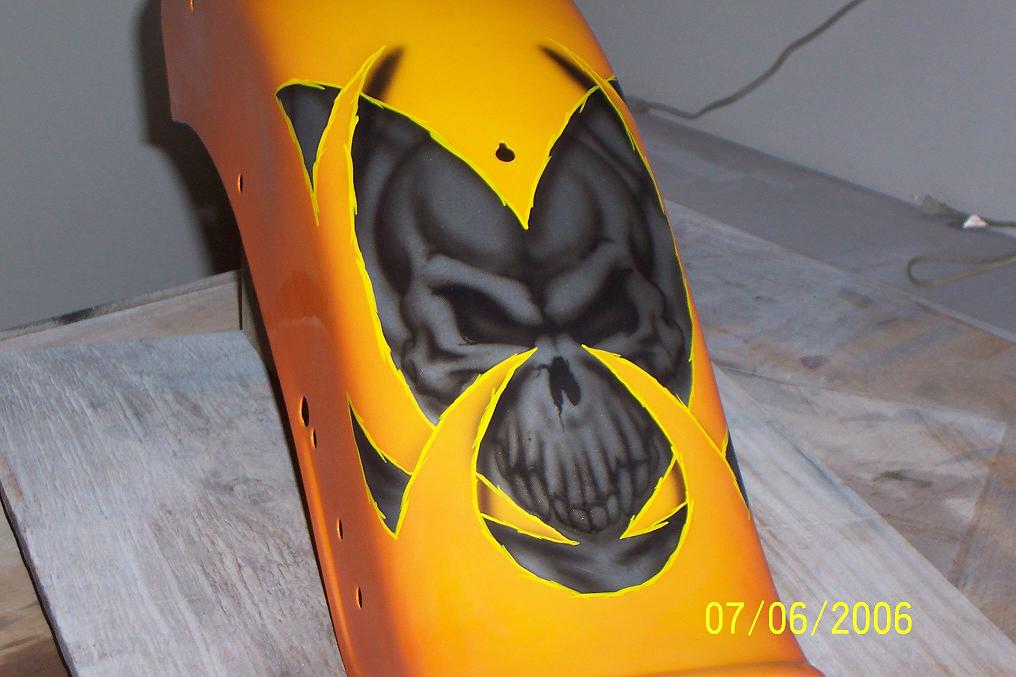 |
 |
 |
 |
 |
 |
 |
 |
 |
 |
 |
Methods of testing paintwork materials and coatings
To obtain high quality coating it is important that the material from which the protective layer is formed meets some requirements: has the necessary viscosity, consistency, composition, etc.
Some of the tests that paintwork materials and coatings based on them are subjected to:
- determination of absolute and conditional viscosity;
- Determination of dry residue and solvent content;
- examination of thixotropic paints structure strength;
- testing pigmented paintwork materials for sedimentation stability;
- determination of pigments' grindability;
- Determination of colors of varnishes, resins and lacquers;
- Study of tendency of paintwork material to thickening during long-term storage;
- Determination of wet thickness;
- Study of hiding power;
- determination of specific volumetric electrical resistance;
- Determination of drying time of coating material.
- Examination of the bending strength of the film;
- film thickness determination;
- Test specimen preparation;
- determination of adhesion;
- film density test;
- ratio of film thickness and consumption of coating material;
- determination of elasticity of putties;
- determination of hardness;
- determination of hardness on impact;
- Determination of tensile strength;
- examination of the abrasion resistance of paintwork coatings;
- Determination of internal stresses;
- Determination of the color of the finished paint coatings;
- determination of vapor permeability, moisture resistance, porosity, salt resistance, etc.
Methods of determination of absolute and conditional viscosity
Absolute and relative viscosity of a paintwork material is defined with the help of special device - viscosimeter. To determine the absolute viscosity viscometers Geppler, Ostwald, Emil and others are used.
Functionality of the Geppler viscometer with eccentric ball drop: In a water bath there is a calibrated tube of 20 centimeters in length and 1.6 centimeters in diameter inside. The device is mounted on a frame, at an angle of 10° to the vertical. There is also a special lock on it, which can be opened to turn the device 180°. The glass tube is filled with varnish, paint or other material. In a water bath set the desired temperature at which the test is to be conducted. Then, having opened the lock, the instrument is turned by 180° and the time for which the ball travels from the starting point A to point B (marked on the glass tube) is measured. Depending on the viscosity of the tested liquid selected and the diameter of the ball.
The nominal viscosity of the paintwork material is determined with the help of viscosimeters ÂÇ-4, ÂÇ-1, ÂÇ-246 or others (if the use of viscosimeters of other configurations is stipulated by the normative and technical documents).
Depending on the paint material viscosity different nozzles are used. If the paint viscosity does not exceed 150C, 2.5 mm nozzle is used on viscosimeter VZ-1. If viscosity is higher than 10s, the nozzle of 5,4 mm is used. During the test, the duration of complete outflow of 50 ml of paint material is determined. The temperature at which the paint material is tested is determined by the TU or GOST for the given paint material.
 |

